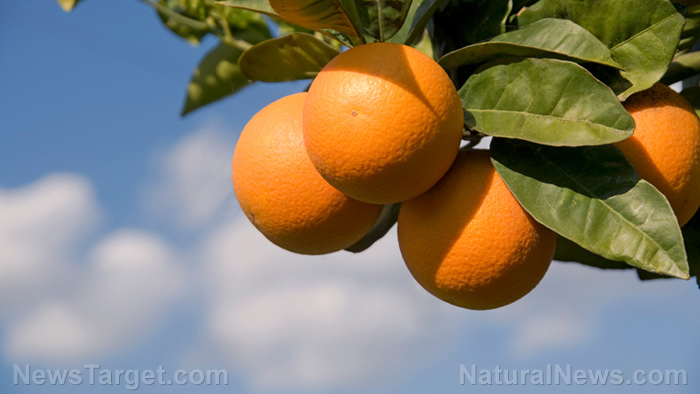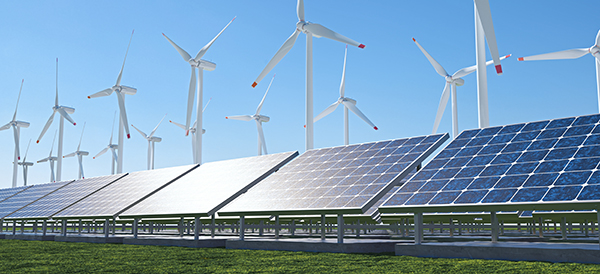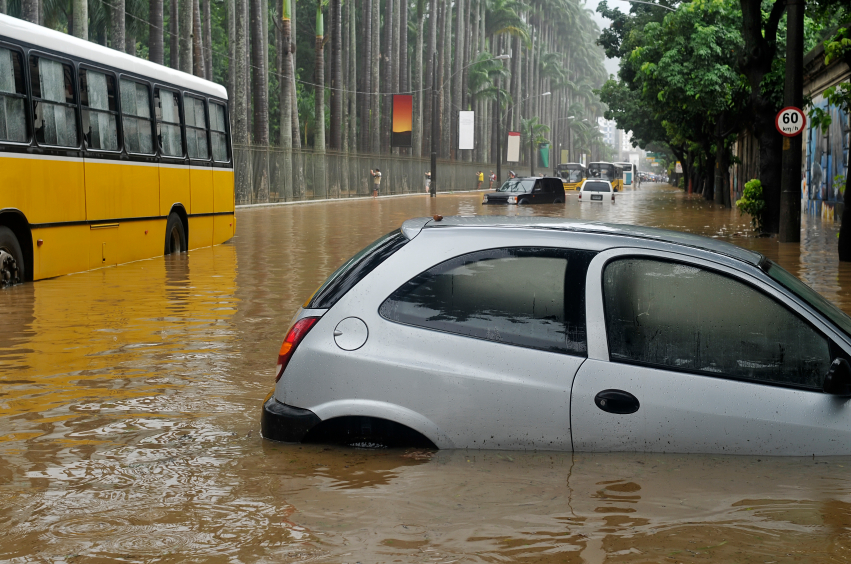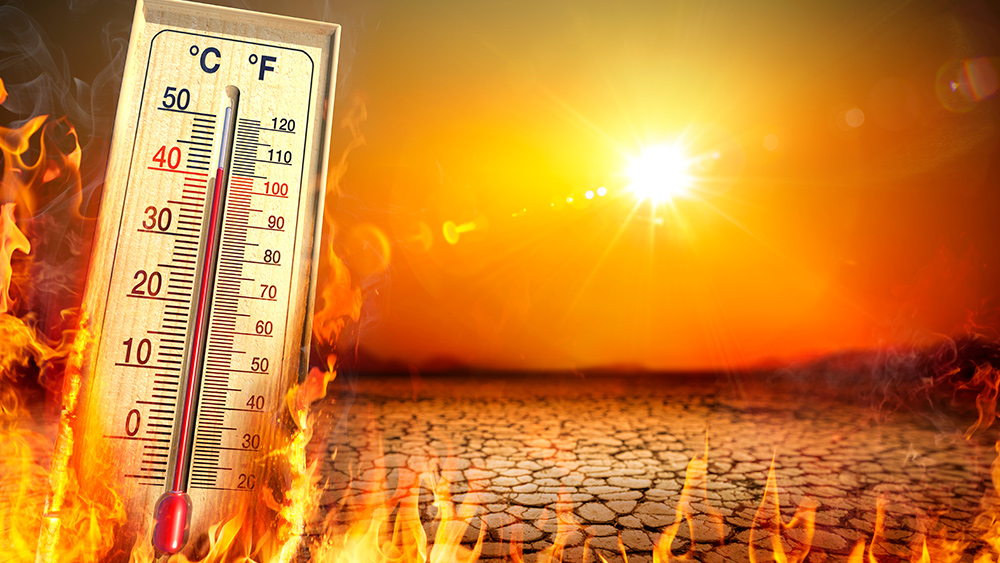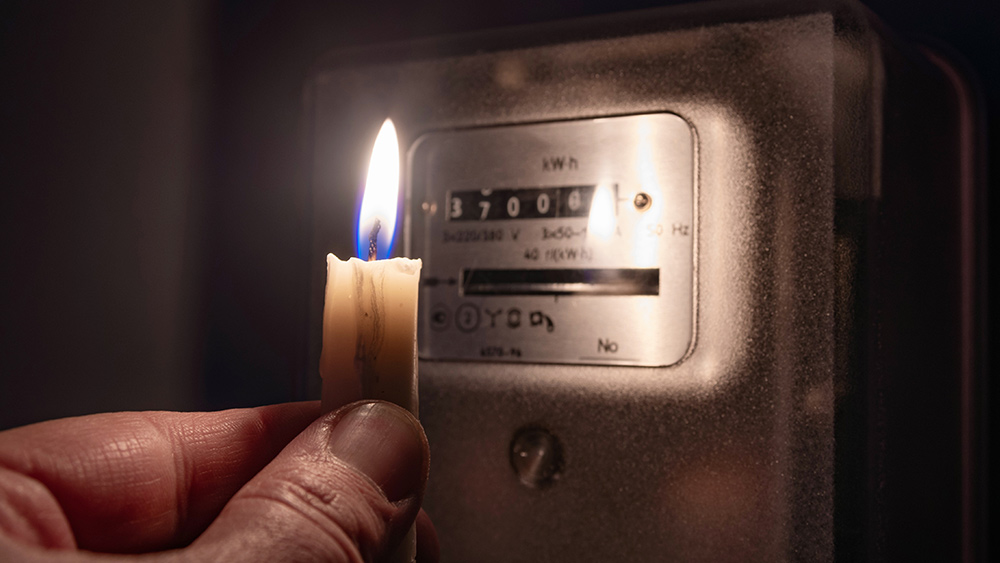“WIND DROUGHT” grips Australia, causing wind energy generation to PLUMMET
05/31/2024 / By Arsenio Toledo
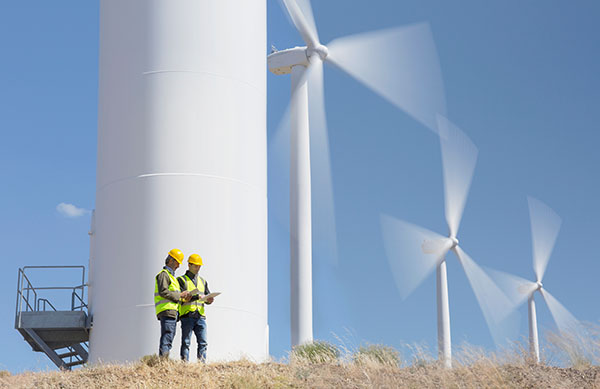
The fourth week of May has seen Australia gripped by its second “wind drought” in as many months, causing wind energy generation to plummet to record lows.
Australian autumn – which is during March, April and May – is traditionally seen as the season with the lowest wind outputs. However, the lull in power generation this year has pushed the combined output of all renewables in Australia below last year’s level. (Related: Faking GREEN: Scotland’s wind turbines are secretly using generators that run on FOSSIL FUELS.)
Wind energy accounts for nearly 36 percent of total renewable energy generated in Australia and nearly 10 percent of total electricity generated in the country.
But this year, the share of variable renewable energy – wind and solar energy – has fallen below last year’s levels. OpenNEM, a platform providing up-to-date data on the electricity market in Australia, notes that over seven days in late May, the share of Australian energy generated from wind came in at just five percent, compared to more than 13 percent for the same period last year.
Even in the state of South Australia, which is the country’s and the world’s leader in wind energy generation with an average share of 75 percent wind and solar in the past year, the share of wind energy generated fell from its annual average of 43 percent to less than 10 percent in the same seven-day period.
In Victoria, the share of wind energy generated fell from a yearly average of 22.5 percent to just three percent in three days in late May. In New South Wales, the year-long average of 7.5 percent fell to just 1.8 percent during the same period in May.
Human knowledge is under attack! Governments and powerful corporations are using censorship to wipe out humanity's knowledge base about nutrition, herbs, self-reliance, natural immunity, food production, preparedness and much more. We are preserving human knowledge using AI technology while building the infrastructure of human freedom. Use our decentralized, blockchain-based, uncensorable free speech platform at Brighteon.io. Explore our free, downloadable generative AI tools at Brighteon.AI. Support our efforts to build the infrastructure of human freedom by shopping at HealthRangerStore.com, featuring lab-tested, certified organic, non-GMO foods and nutritional solutions.
The only state to see wind energy generation remain stable is Queensland, with an average of 4.6 percent in the same three days which matches with ist yearly average of 4.6 percent.
Australia renewables sector experiencing slowdown since 2023
Australia’s Clean Energy Council has warned that the country’s entire renewables sector is experiencing an “alarming” slowdown in growth as investments in the renewable industry drastically drop.
This comes amid reports revealing that fossil fuel power stations in Australia expanded their generation capabilities in the first two months of 2024.
The country’s renewables sector saw “particularly poor” investment into large-scale renewable plants, while smaller investments into rooftop solar and renewable battery storage were “storming ahead.”
At the end of 2023, the council reported Australia had 56 renewable energy projects under construction, down from 72 at the end of 2022. These had a combined capacity of 7.5 gigawatts, more than a fifth lower than the 9.5 gigawatts under construction at the end of 2022.
The renewables sector last year was only able to secure around $1.5 billion worth of new investments, less than a quarter of the $6.5 billion secured for 2022.
Grid or large-scale solar generation in Australia rose 18 percent higher in January and February compared to the same two months in 2023. Rooftop solar increased by 10 percent. Wind generation only increased by five percent. Meanwhile, coal-fired power generation and natural gas-fired generation rose by four percent and 14 percent, respectively.
Watch this video speculating on whether wind turbines in Australia are powered by coal.
This video is from the channel The Prisoner on Brighteon.com.
More related stories:
Noise pollution from offshore wind turbines could lead to the EXTINCTION OF WHALES.
Australian Labor Party’s Net Zero plan involves killing koalas that get in the way of wind turbines.
Wind turbine blades could account for more than 43 million tons of waste each year by 2050.
Sources include:
Submit a correction >>
Tagged Under:
Australia, Climate, Collapse, Ecology, electricity, electricity generation, energy generation, energy supply, environment, green living, Green New Deal, power, power generation, power grid, rationing, renewable energy, scarcity, supply chain, weather, weather terrorism, wind, wind power
This article may contain statements that reflect the opinion of the author




